
With a neverending to-do list and multiple projects on the go, it is easy to constantly feel overwhelmed and close to burnout. Especially if your work and home life overlap.
Know that you’re not alone — 80% of marketers feel overloaded with work. If you’re working from home, be aware that burnout is the number one problem for remote employees, as we toggle between worrying we are not doing enough to overworking (often as a way to prove our value). So to help avoid burnout, we’re providing tips and tools to help increase your productivity and relieve built-up tension and stress.
“What’s important is seldom urgent and what is urgent is seldom important.” – Dwight Eisenhower, 34th President of the United States of America.
Eisenhower was an extremely successful man. His list of accomplishments includes being a five-star general in the United States Army, serving as President of Columbia University as well as the 34th president of the United States of America. During his presidency, he launched numerous programs including NASA.
He achieved so much thanks to his numerous productivity strategies, his most famous being the Eisenhower Matrix. By deciding where tasks fall within the matrix, you can suss out which to prioritize and how to manage your time.
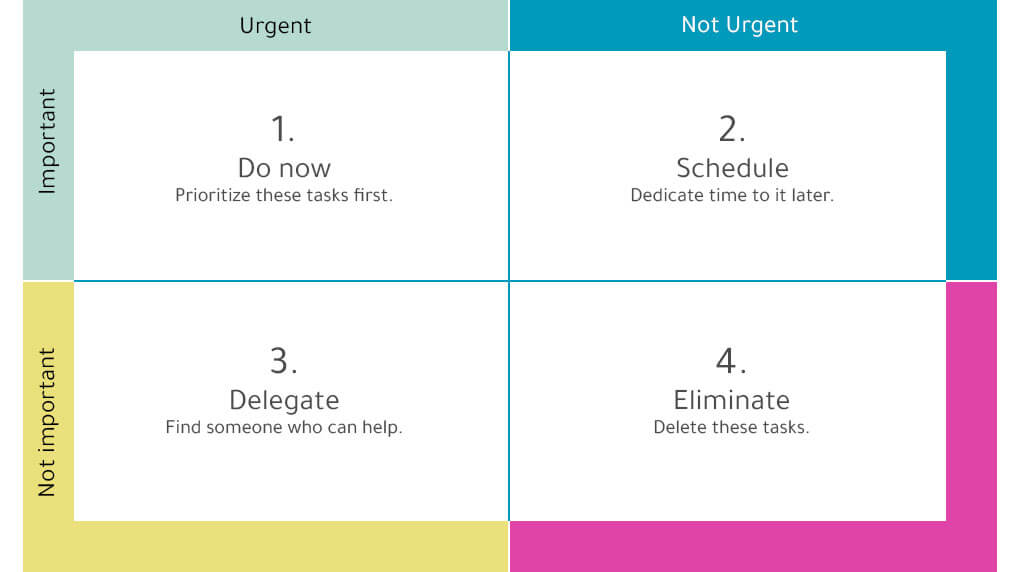
When assessing which quadrant tasks fall into, you need to understand what’s considered important and what’s considered urgent.
Important tasks:
These contribute to long-term goals (e.g. developing a new content strategy).
Urgent tasks:
You feel these tasks must be handled immediately (e.g. returning a phone call).
We have a bad tendency to prioritize all urgent tasks over important ones because they’re quicker to deal with or because important ones may not have looming deadlines (or an end date at all). You have to dedicate time to the important tasks, however, as they’re the ones that bring the most value.
Test it out by downloading and printing your own matrix template.
Good time management helps you achieve more in less time. By being conscious of what you’re spending your time doing, you can eliminate time-wasting activities, work more efficiently and help ensure you allocate time to important tasks.
With many useful time management techniques available, it’s important to find the one that fits you and your work environment best.
Two popular methods we’re fans of are the Pomodoro technique and ‘Eat That Frog’. When you test them out, try each one for at least two weeks to determine whether or not they work for you.
Developed by Francesco Cirillo, this technique involves you spending 25 minutes on a task, completely uninterrupted. When the time is up, you then take a short 5-minute break. Once you’ve repeated this routine four times, you merit a longer break time that’s around 20 to 30 minutes long. This gives your brain downtime before the next round of tasks you’re about to knock out of the park.
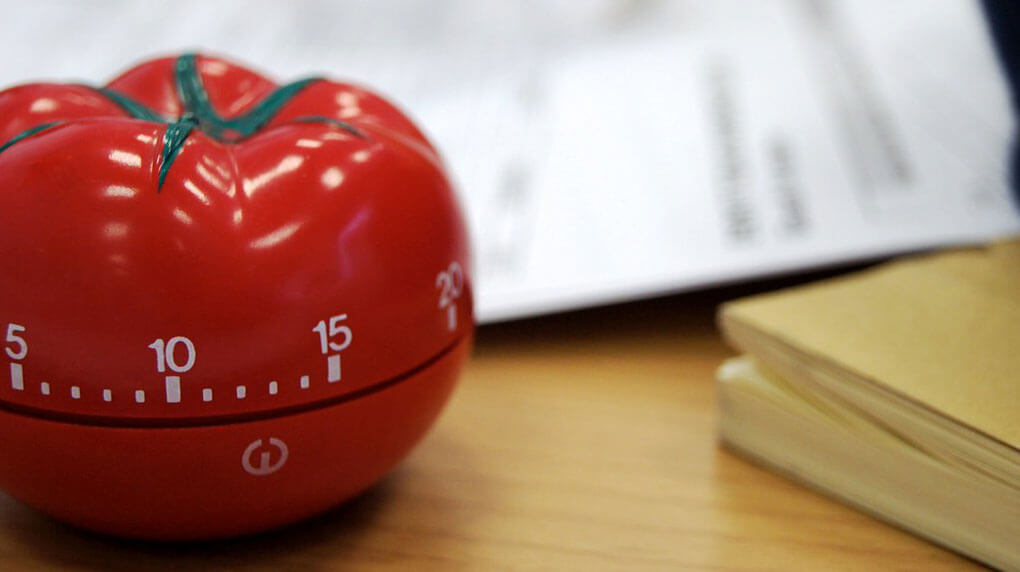
As you practice this method you’ll get better at assessing how long a task is likely to take. It also helps prevent interruptions and lets you realize that others can wait 25 minutes before hearing back from you. This then allows you to worry less about not responding straight away. Once you learn to respect your time, others will too.
To help you practice the Pomodoro technique, use an app like Tomato Timers.
The book Eat That Frog by self-help guru Brian Tracy revolves around the idea that you should tackle the most important or difficult task at the start of your day. This is to resolve our tendency to procrastinate large and/or important tasks. Starting the day by tackling the small, low-value tasks first to quickly tick them off of your to-do list will do you no favors.
To do this, you must assess and prioritize each outstanding item on your to-do list. The Eisenhower Matrix can be of help here. When you have chosen the frog (a.k.a. the one big important task you want to tick off the list), spend the morning working on it and leave the smaller tasks for the afternoon.
By the way, if you’re wondering where the phrase came from, Mark Twain once said, “Eat a live frog first thing in the morning and nothing worse will happen to you the rest of the day.”
We’ve referred to your do-to list a few times but how many do you currently have? Do you have a main one but unknowingly have a few more scattered around in different formats? If you have tasks saved in an app, on post-it notes, in your calendar, written in your notebook, or typed on your computer — it’s time to consolidate them.
Having tasks listed in more than one place should be immediately avoided. Multiple lists mean you risk losing lists, conflicting priorities, out-of-sight-out-of-mind to-dos, and wasting time jumping between them. This hinders your productivity and can make you become disorganized. The worst case is that you completely miss a deadline you forgot about and no one wants to experience (or relive) that.
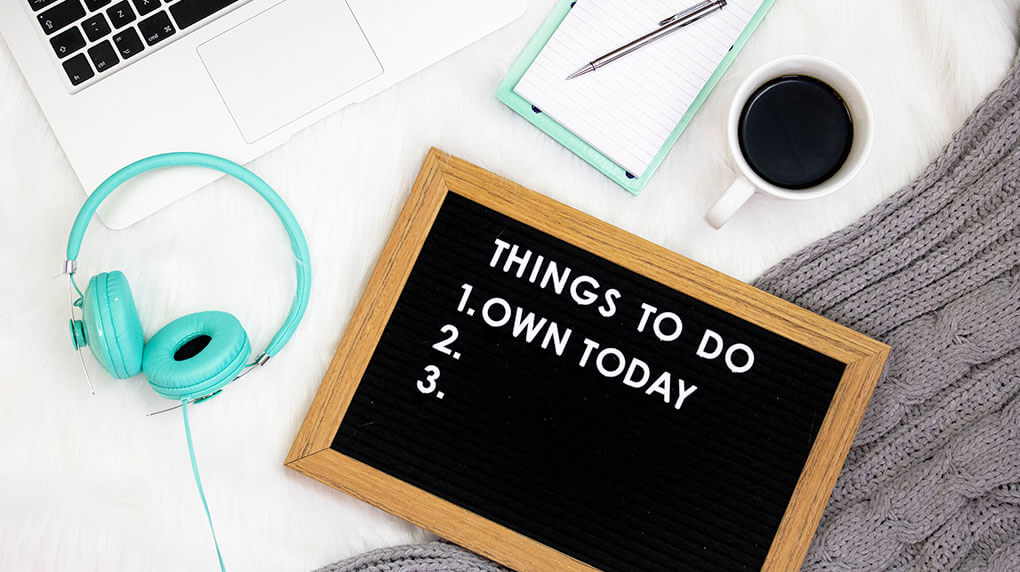
So, pick your favorite and most-used method, add all your to-dos to it and delete or throw out all the others. This will give you a better idea of everything that’s on your plate and will let you prioritize your tasks correctly. Although this consolidated list may appear overwhelming, you can always use subheadings to help organize it.
Once you have done this, improve the quality of your to-do list by detailing exactly what you need to do. Don’t simply write “Call Jim”. Call Jim about what? Write “Call Jim to discuss where we are with the competitor analysis report”. This will save you time and mental energy trying to remember what the task is about.
If you or some of your team are working from home, you can’t turn to a colleague for a chat, or quickly see what everyone is doing. They also can’t see what you’re doing. This sometimes creates lags, miscommunication, or micro-management and trust issues which can add more stress.
To avoid this, make sure you keep your work calendar up-to-date. You may want to add more details than usual to give others more context. Plus, add in your lunch break so you can mentally relax when you take it.
If you use Slack, you can integrate it with your Google calendar so that it automatically displays when you’re in a meeting.
If you’re working from home, it’s important to create a physical distinction between your workspace and the rest of your house which should only be associated with downtime. Although it’s tempting to hop on the sofa or work from bed — don’t. The challenge is that we are context-based creatures, so working on your couch means that your couch stays cognitively associated with work (and all the associated emotions). You’ve conditioned yourself to make this neural link, and there is no mental ‘stop button.’ On the other hand, the lure of the TV works in the same way.
Having a ‘designated’ space changes this. Create a nice workspace in a spare room or in a corner. If you have to work at the kitchen table or living room, sit in the same seat and then make sure you put away all of your work things at the end of the day so that you’re not constantly reminded of work throughout the evening.
Another reason to avoid the sofa or bed is that it’s important to use a good chair and have your screen set to eye level. Not only will the right setup be easier on your body – it will also help you get things done more efficiently. The state of the mind is quickly influenced by the body's posture. An alert body equals an alert brain.

When you work at an office you benefit from a tacit structure or sequence to the day like getting up, getting dressed, commuting, getting coffee, and settling into your desk. In psychology, this is called an ‘initiation’ sequence — it gets the brain ready to focus. This insight is small but important. If you’re now working remotely, you’ll need to create your own initiation sequences at home too. Here’s how:
The human brain is very sensitive to sequences. No matter where you are working from, an easy way to settle yourself into focus mode is to create a start-up routine, taking the same 2-5 steps every weekday morning. For example: Have a shower and get dressed, have breakfast, sit down at your designated workspace, stretch your neck to the left and right, take five minutes to review your calendar and plan out your day, say hi to your team over chat, then begin.
Use an alarm when it’s time to end your workday. This practice is important since you can easily burn yourself out with overwork when there are no boundaries. Also, pick an alarm sound you like, and change it if you find yourself associating the sound with stress or starting to ignore it altogether.
The wrap-up ritual can become the bookend for your day. For example: switch your status to offline, say goodbye to your team, step away from your desk (put work stuff out of sight, if needed), take 3 deep breaths, water your plants, and pour a glass of wine.
Marketing automation software continues to become more and more sophisticated, making it a powerful tool for marketers. Its ability to automate a wide variety of repetitive and time-consuming tasks means it improves productivity, freeing up marketers’ time and allowing them to shift their focus towards strategy. Therefore, it’s great for helping marketers avoid burnout. Venture Harbour reports that the biggest benefit of automation is saving time. Additionally, organizations with automated lead management see a 10% or more increase in revenue within the year.
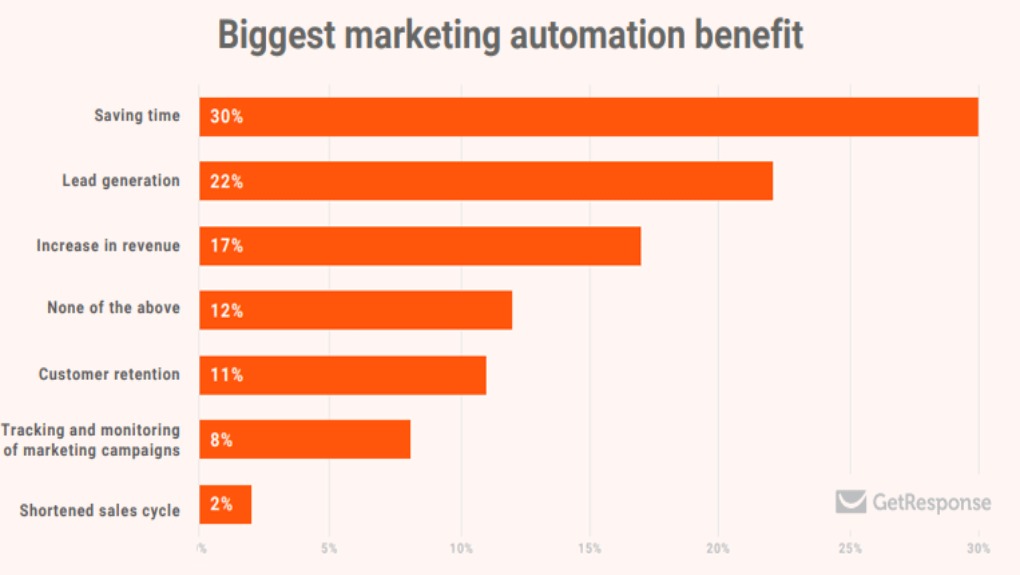
Reduce your workload and make more time for important value-adding tasks by leveraging marketing automation. Tasks that can be automated include but are not limited to:
If you are already using marketing automation software like HubSpot, make sure you’re using it to the full and staying up to date with new features. Use sequences to help maintain your data quality and integrate the likes of HubSpot with Slack so that your sales team is notified every time they have an outstanding to-do or there is a new lead.
AI is now integrated with marketing automation software, like HubSpot's AI content assistant, so that these tools enable you to work even more efficiently.
However, there is now a growing number of AI tools that can help automotive tasks and ease cognitive overload.
There is an abundance of content online on how people have been using generative AI to improve their work. We have even shared how various AI tools can support different marketing functions.
Outside of work tasks, there is the likes of Woebot Health which is built to help reduce symptoms of stress, depression, and anxiety. It offers three distinct solutions: for adults (offers reliable, compassionate support), for adolescents (a tool to help the dynamic and actively developing minds of 13-to-17-year-olds), and for maternal health (an emotional support tool).
It’s hard to stay focused when you’re constantly notified about new texts, emails, and instant messages. Even when you glance at the notification but “ignore it”, the distraction weakens your ability to focus back on the task at hand. Research shows that when we’re distracted by something like a notification, it can take us around 15 minutes to get back to a good level of concentration on the interrupted task. In fact, switching from one task to another can cause a 40% loss in productivity.
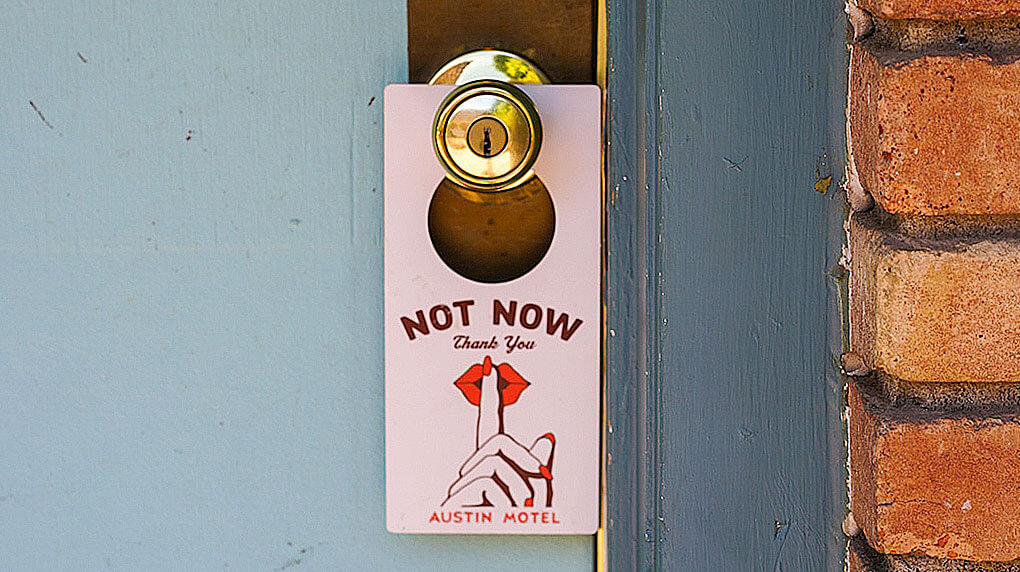
So when you’re about to focus on a task or start the 25-minute Pomodoro stint, do the following:
Put your mobile phone on silent and then put it out of sight. If you also get non-important phone calls on your desk phone, use the do-not-disturb (DND) setting which sends it straight to voicemail.
Turn off email notifications. If you really struggle with this then only allow notifications from certain VIPs.
If your organization is using platforms like Slack, there are several ways you can manage your notifications:
You can catch up on your messages and reply during allocated times or within the Pomodoro breaks.
Using communication tool statuses is an efficient way to let your team know what your availability is like. Common ones might indicate you have an upcoming vacation, are in a meeting, or are taking a sick day. But this is also a great way to proactively inform teammates when you're feeling overwhelmed and help manage their expectations.
Over at Major Tom, we recently standardized our Slack statuses for better clarity. And while we were at it, we saw a chance to foster a bit more transparency during those tougher work days. We've therefore added status options that allow people to indicate whether they are navigating work challenges or are ready to jump in and help. With Slack allowing five preset statuses, we've handpicked a mix of standard ones and those that support our company culture.
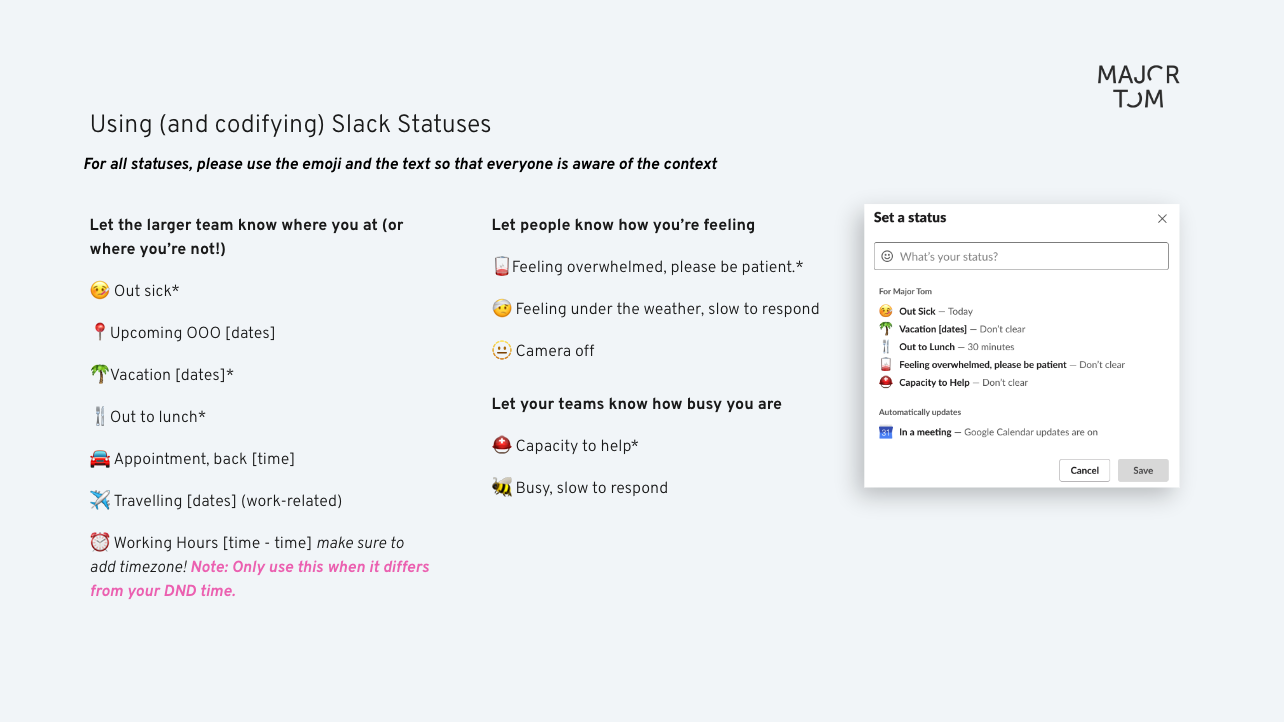
This rollout has had a positive impact on the team and has been quickly adapted by all, so we hope you can benefit from this too.
Of course, it's important to build a culture that allows everyone to feel comfortable to inform others when they're not feeling 100%. To implement a similar feature if you don't have this in place already, chat with your HR team.
How many times have you been working on your computer only to realize that several hours have drifted by? Sitting at your desk and staring at the screen for too long negatively affects both your body and your mind. Taking regular breaks to move around and to stay hydrated is beneficial.
If you're working from home and water cooler chats and lunchtime catch-ups are a thing of the past, a walk around the block while taking an audio call can still do a world of good.
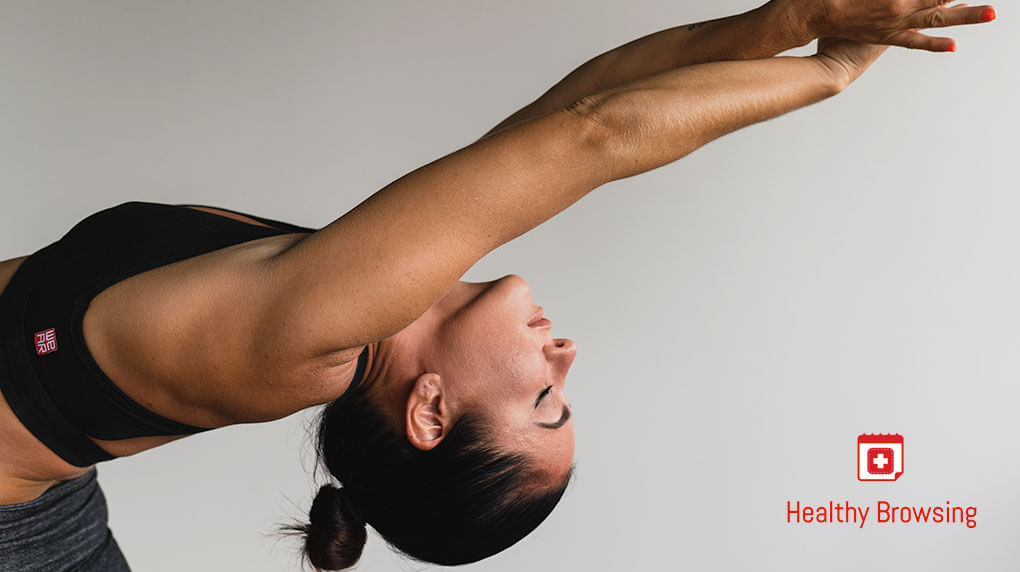
Additionally, try the Healthy Browsing Chrome extension. This sends you reminders to blink, drink water, stretch, and check your posture. You can even customize how often the alerts happen for each reminder.
Never underestimate the power of taking a deep breath. If you are a yoga enthusiast or enjoy meditating, you’re probably aware of the calming and composing effect it has on our mind and body. Taking beep, slow breaths have been proven to reduce tension, relieve stress, and relax us. It draws our attention away from our worries and focuses it instead on our bodies.
The next time you feel overwhelmed, on the verge of burnout, or about to start a large and complex task — take a deep breath and feel yourself relax. Inhale slowly through the nose and exhale slowly through the mouth. Then when you are feeling calm, assess your situation from a fresh and positive perspective.
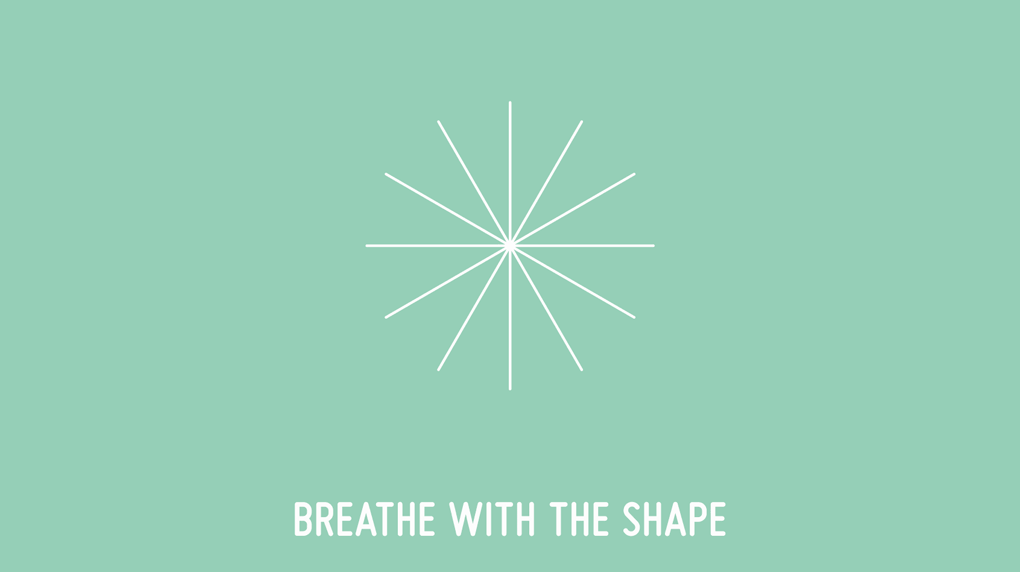
We find this so powerful, it’s embedded in our philosophy. By taking a step back (or more like a 50,000-foot view) and spending time looking at things holistically, we can develop the right strategy so our clients can find clarity in chaos.
Additional wellbeing tools include:
We hope you found this post useful and that you remember to put both your mental and physical health first.
Receive exclusive action-focused content and the latest marketing insights.